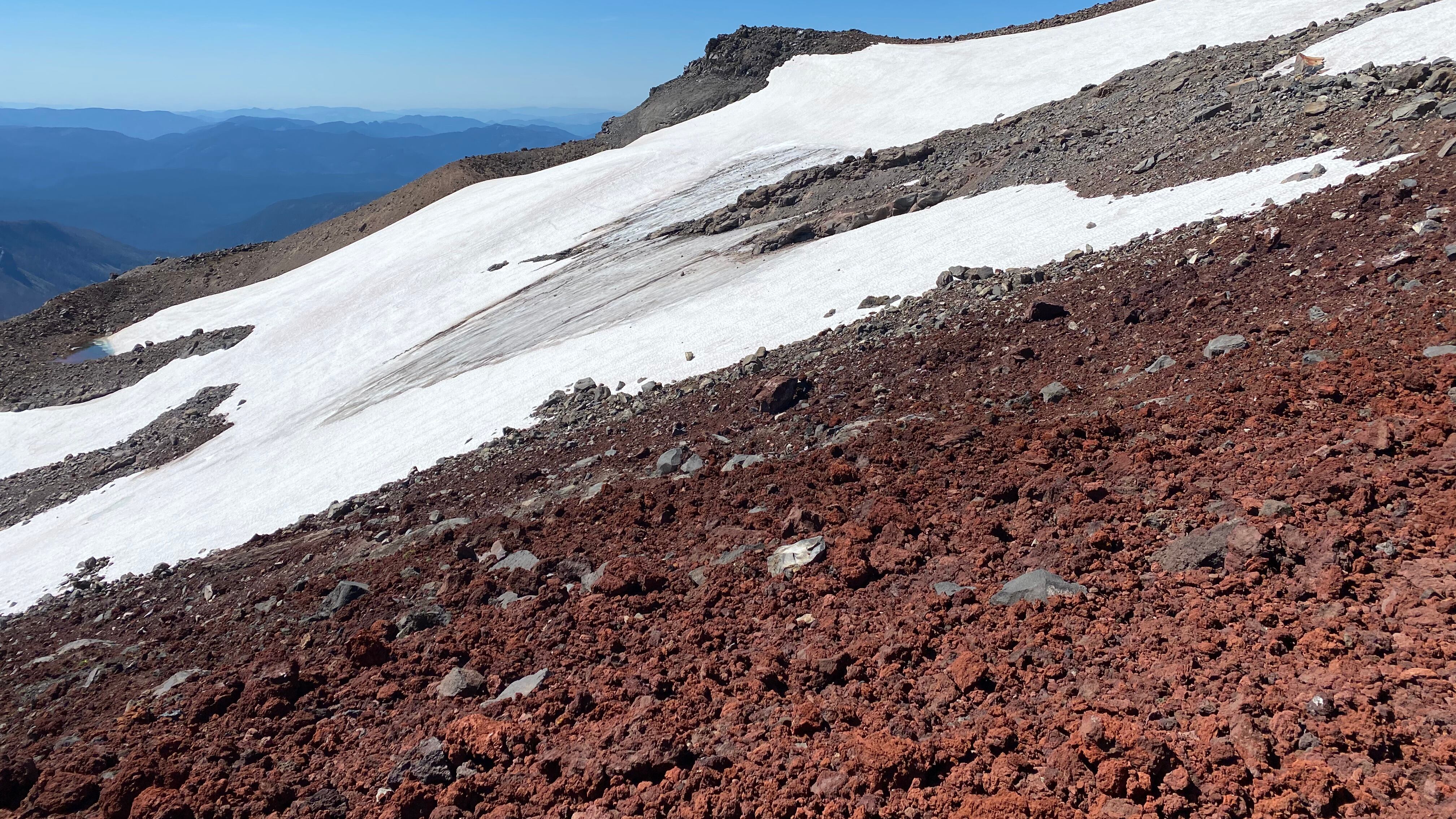WW presents "Distant Voices," a daily video interview for the era of social distancing. Our reporters are asking Portlanders what they're doing during quarantine.
Oregon's glaciers are melting. But until recently, no one really knew just how much.
In May, two scientists—Anders Carlson and Aaron Hartz—founded the Oregon Glacier Institute, dedicated to monitoring the health of the state's glaciers.
The pair had their work cut out for them. Oregon's glaciers hadn't even been mapped in 70 years. According to Carlson, that decades-old count of about 35 glaciers was more than a dozen short.
There is no state or federal oversight agency that monitors glaciers. So the organization spent its first few months of existence simply establishing the basics. Over the summer, the organization checked in on the almost 50 glaciers on Oregon's mountains to see how many are still alive and producing melt water year after year.
OGI hasn't released specific numbers yet, but the general prognosis is bleak—many of Oregon's glaciers are now gone. Just last week, the group held a "funeral" for South Sister's Clark Glacier, "one of many that has disappeared," says Carlson.
Related: Scientists Held a "Funeral" for a Glacier That Melted in Central Oregon.
Unlike states with lower coastlines, Oregon probably won't end up underwater if global warming melts the polar ice caps. But if year-round slabs of snow disappeared from our mountains, there'd be dire consequences.
Glaciers feed many of our major rivers—including the Willamette and the Deschutes—keeping waterways cold enough for salmon, nourishing and cooling our forests, and maintaining the snow pack necessary for the winter sports industry.
"Instead of seeing white, snow-covered mountains, we'll see black peaks," says Carlson. "We have a decade left before it's basically game over."
See more Distant Voices interviews here.

